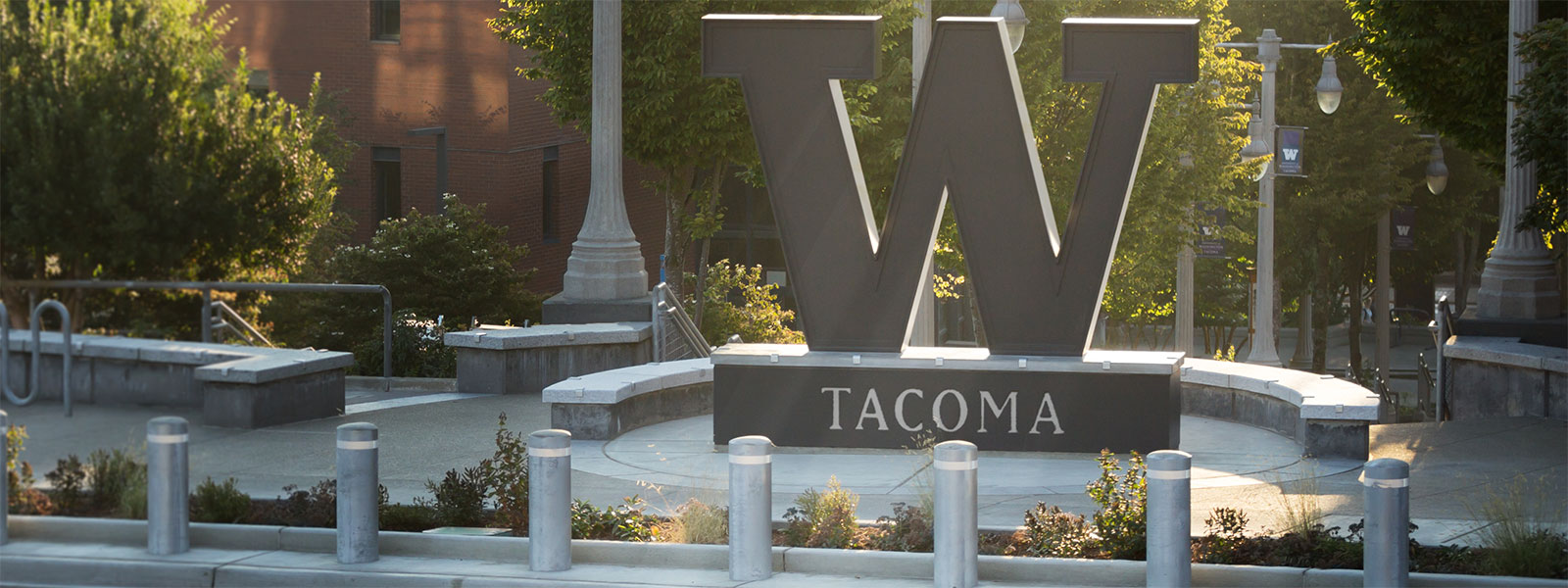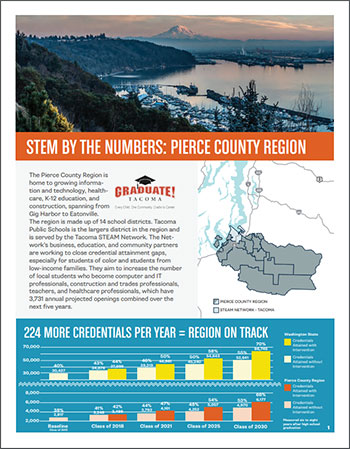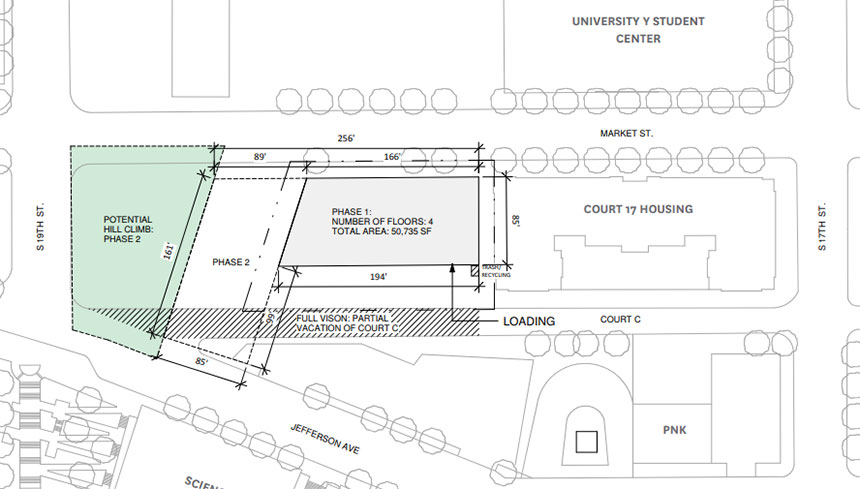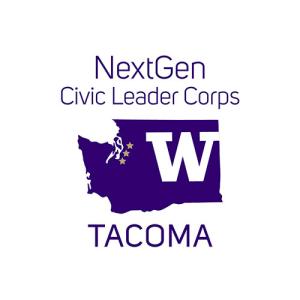
Engineering degrees, new building will give interdisciplinary boost
State funding to expand engineering and construct a 50,000-sq.ft. building will be a boon for both industry and students who want STEM and business degrees.
If you live in the South Puget Sound region and dream of being a mechanical or civil engineer, you have to leave town if your plans include graduating from a public university. That will change if a UW Tacoma proposal before the state legislature is successful this year. University officials and community leaders say investing in expanding access to engineering degrees in the South Sound, and constructing the building that will house them and the business school, will be a boon for both industry and for students who want to pursue STEM (science, technology, engineering and mathematics) and business degrees.

“Establishing engineering programs at UW Tacoma will have a tremendous impact on our region’s economy while creating opportunities for students, particularly for the many low-income, first-generation students we serve,” said Mark Pagano, Chancellor of UW Tacoma. “Through our partnerships with school districts throughout the South Puget Sound region, we’ll help potential students at an early age understand they can pursue their dreams to make their living building robots, designing airplanes, even inventing new technology. A whole range of STEM careers will be open to them close to home.”
A feasibility study funded by UW Tacoma showed high demand from students who want to major in engineering, including 600 students pursuing engineering transfer degrees at four local community and technical colleges and large numbers of students in regional high schools following STEM education pathways.
Helping to make the case for expanding engineering educational opportunities is that a large gap exists between the number of engineers graduating from higher education institutions in our state and the number of new job openings each year. Recent data shows there are roughly 3,157 new job openings each year and that demand is growing at a rate of 9 to 11 percent annually, while less than 900 newly minted engineers are being produced by our state’s universities. Currently, engineers are moving here from out of state to take these jobs.
“We want local students to be qualified to take those engineering jobs, and we hear from industry they want to hire employees who already call this area home,” said Pagano. “More than 90 percent of our students are Washington residents; 80 percent are from South Puget Sound."
Washington STEM is another voice calling for expanded opportunities in STEM education. The Seattle-based independent nonprofit promotes scalable solutions that lead to opportunities for students who are currently underserved and underrepresented in STEM fields across the state. Washington STEM plays an active role in advocating to the legislature to expand STEM education infrastructure through a range of initiatives, from supporting early learning to expanding postsecondary programs that lead to high-demand STEM careers like engineering.
At the end of the STEM educational continuum are employers in aerospace, manufacturing, engineering firms and agencies eager to snap up local graduates with roots in the region.
“In talking with companies in South Puget Sound, we hear a lot of excitement for our proposal to begin producing mechanical and civil engineers,” said Raj Katti, dean of the School of Engineering and Technology. “I’m hearing enthusiasm for our proposal from a range of employers, including Boeing, Globe Manufacturing, GeoEngineers and the naval installations at Keyport and Bremerton. These employers compete with all those employers up in Seattle to get well-qualified engineers. When we grow our own, they are more likely to want to work here and contribute to building up this region.”
The expansion of engineering requires an increase of $1.81 million in ongoing funds over the next two years as a down payment to hire faculty who will teach 180 juniors and seniors and graduate 90 engineers annually by 2025. Another $3.6 million in ongoing funding will be requested for the 2021-23 state budget cycle to hire the remaining faculty to achieve full build-out of the programs.

UW Tacoma is also seeking $4 million to design its next building, which will house engineering labs and provide a new home for the Milgard School of Business. In addition, the building will house the Global Innovation and Design Lab, collocated with the business and engineering programs, to teach innovation design thinking, a collaborative interdisciplinary approach to problem solving and planning that has become popular in industry and is taught by leading universities across the nation, including Stanford and MIT.
“The Global Innovation and Design Lab will serve as an integrated, interdisciplinary hub where students and faculty of business, engineering and other academic disciplines collaborate with industry and community partners to apply their knowledge and the design-thinking process to develop innovative solutions for problems and challenges, as well as to explore new products and businesses,” said Pagano. “This feature of the building will provide graduates with skill sets that are in demand among employers and will support entrepreneurs as they explore future business prospects.”
The Academic Innovation Building will provide 50,000 square feet of space, located on an open space bordered by Market, Jefferson and South 19th streets, adjacent to The Swiss and Court 17 Apartments. During the next biennium, UW Tacoma will request $36 million to construct the building. In addition, the university has committed to raise $10 million in private donations, which would be available contingent on state funding, to expand the building’s capacity to support academic programs.



